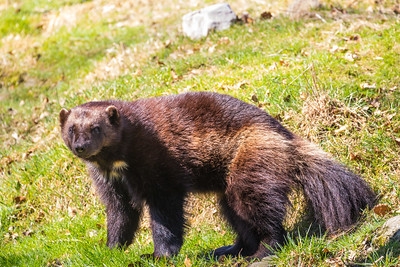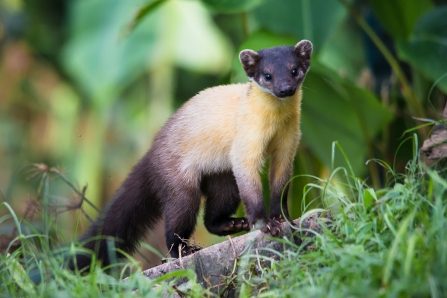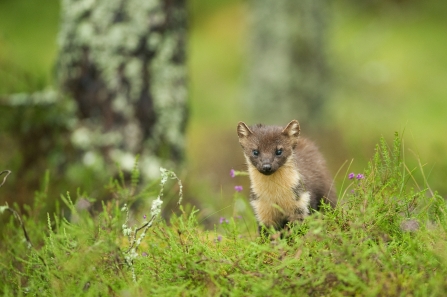The pine marten is an elusive, quiet creature that many of us have never heard of. Yet these animals were once found all over the UK, part of our native fauna just like foxes, otters and badgers. So what exactly is a pine marten? Is it a bird? Like a house martin?... Is it a tree? Like a Scots pine?... No. It’s a mustelid! But what even is a mustelid?? I hear you cry. Well, let’s find out.
Mustelids
Mustelids are a family of mammals which include stoats, weasels, polecats, otters, badgers…to name the ones you may be familiar with in the UK 1. But this family has members world-wide. Including the bad-ass honey badger Mellivora capensis found in Africa and Asia. Its thick skin makes this guy tough and fearless as it searches for honey 2. Such a noble quest. However, the honey badger is not the biggest and the baddest of all the mustelids.
The mustelid family also boasts the membership of the wolverine. Yes, despite their bear-like appearance, wolverines are mustelids (not you Hugh Jackman, pipe down). This huge mustelid, around the size of a border collie with hair length to match, inhabits the northernmost part of the northern hemisphere 3. Its Latin name Gulo gulo translates as glutton, a result of its ‘enthusiastic’ eating style. I can relate. And, like most mustelids, the wolverine has a hugely varied diet. BUT it is still not the largest member of the family.
Weighing in at up to 45kg, the sea otter (Enhydra lutris) is largest of all the mustelids. This tool-using, paw-holding, kelp-anchoring fluff machine represents the mustelid family primarily on the west coast of North America 4.




